How To Create Eway bill?
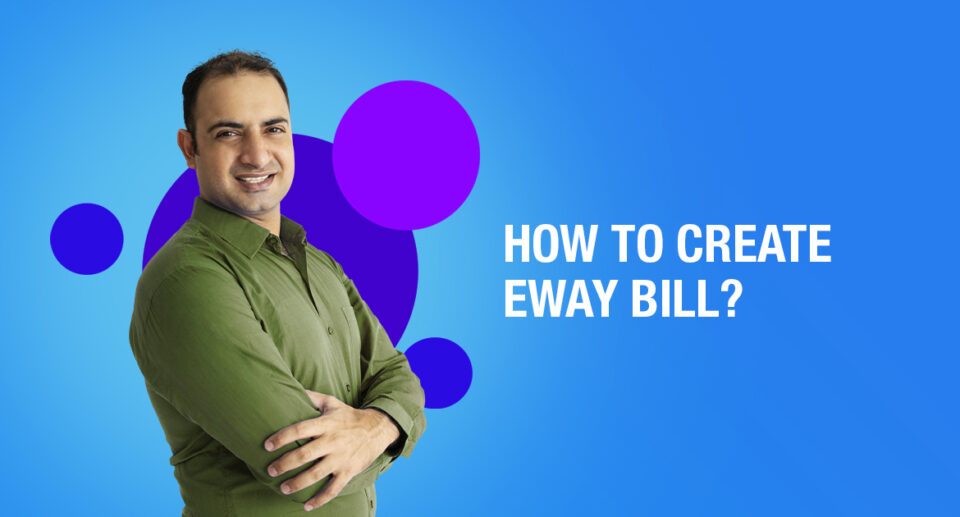
This article will provide all the information related to E-way bills and how to create E-way bills. But first of all, you will have to know what an E-way bill is.
What is the E-Way Bill?
An e-Way Bill or Electronic way is a new system under the Goods and Services Tax (GST) that is compulsorily required to be generated by a person to transport goods exceeding more than Rs. 50,000 across State Lines by vehicle. At the time of supply or transportation of goods, an e-way bill is issued.
Documents required for the E-Way Bill
The documents required are:
- An invoice, challan or a bill or supply,
- Transporter ID of the vehicle,
- Transporter document number when movement is by air, rail or ship.
Who has to generate an E-Way Bill?
Every person registered or unregistered has to generate the bill. If an unregistered supplier is dealing with a registered party the latter has to make sure all the formalities have been done. Also, unregistered transporters can first generate a Transporter ID on the e-way portal online.
Usually, a supplier generates the e-way bill or if not so a transporter has to complete some formalities via PART A of FORM GST EWB-01. A combined e-way bill can also be generated for multiple consignments in a single conveyance through Form GST EWB-02.
What is the validity of an E-Way Bill?
The validity varies from dimension to dimension. If a vehicle comes under an “over-dimensional cargo” exceeding rule 93 of the Central Motor Vehicle Rules, 1989, an e-way bill is generated to be valid for 1 day for less than 20 km, with an increase of an additional day for every 20 km thereafter.
But if the cargo meets the dimensions prescribed under rule 93, the validity is 1 day for less than 100 Kms with an additional day every 20kms thereafter.
Benefits of generating the E-Way Bill
- The bill helps in the smooth movement of goods
- Convenient as it can be generated online without any hassle
- The cost of the transport industry decreases because of more turnaround time for trucks
- Tax evasion can also be checked
When is the E-Way Bill not needed?
Some situations exist under which it is not necessarily generated. They are-
- Using a non-motor vehicle for transportation.
- Transportation to or from some specified countries.
- Empty containers.
- Goods are transported under custom seals.
- Transported by rails where the transporter is the central government
- Goods exempted under state/UT GST rules or Annexure to Rule 138 (14) of the GST Rules.
- Goods transported under Customs Bond from Inland Container Depot(ICD) to Customs port.
How to create E-Way Bill?
Here is the step-by-step procedure for generating an E-way bill:
- Go to the online portal of the e-way bill generation on the official website.
- Log in by entering details like name, password and captcha.
- On the left side, you will see “e-way bill” and click on “generate new”.
- You will see options like:
- Transportation type: ‘Outward’ when you are a supplier, ‘Inward’ when you are a recipient
- Sub-type: When Transportation type is selected certain subtypes will appear from which you have to select. If outward is selected, the following will appear:
- Supply
- Export
- Job work
- SKD/CKD
- Recipient not known
- For own use
- Exhibition or fairs
- Line sales
- Others
If inward is selected, the options appearing are:
- Supply
- Import
- SKD/CKD
- Job work returns
- Sales return
- Exhibition or fairs
- For own use
- Others
- Document type: Select any of the mentioned; invoice/Bill/challan/credit note/ bill of entry
- Document number: Enter the invoice number
- Document date: Select the mentioned date in the document, not the future one
- From/to: Select according to who you are, supplier or recipient
- In the case of supplier/buyer being unregistered enter URP in GSTIN
- Item details: Enter all the details asked about the consignment
- Transporter details: All the details related to the transporter have to be entered
Click on submit when all the above steps have been done.
When dealing with regular clients you can update the “my masters” option for easy proceedings.

Maximize Your Online Business Potential for just ₹79/month on Lio. Annual plans start at just ₹799.
How can Lio help?
Lio helps in organizing your personal and business data on the mobile phone so that it is easily accessible for finding the information you need.
It can help you to find the details about goods in transportation by clearly maintaining the records in the form of tables with details of customer/stock/payment data for business and all other information that you need while generating the e-way bill.
Not downloaded the Lio App yet? Here is how you can start with Lio App.
Step 1: Select the Language you want to work on. Lio for Android

Step 2: Create your account using your Phone Number or Email Id.

Verify the OTP and you are good to go.
Step 3: Select a template in which you want to add your data.

Add your Data with our Free Cloud Storage.
Step 4: All Done? Share and Collaborate with your contacts.

Conclusion
E-way bills are mandatory documents when the goods are transported. These can be generated online through portals for easy proceedings and do not consume much time.
The steps to make one are mentioned above and every detail is provided in understandable language so it is clear to you how to make the e-way bill.
Frequently Asked Questions(FAQs)
When both Goods and Services are in an Invoice, What should be the consignment value?
Consignment value is always according to the goods which are in movement, so the details should be entered accordingly.
Is the E-Way Bill required when goods are transported through Railways?
There’s no demand to carry e-way bills along with the goods, but railroads have to carry tab or delivery challan or bill of force as the case may be along with goods.
Further, the e-way bill generated for the movement needs to be produced at the time of delivery of the goods. Railways shall not deliver goods unless the e-way bill needed under rules is produced at the time of delivery.
But for the e-way bill, the expression‘ transported by railroads doesn’t include the leasing of parcel space by Railroads’.
Can the vehicle number be changed?
Yes, the user can update the vehicle number as many times as required but under the validity period only.
What happens when the validity of the E-Way Bill expires?
The movement of the goods is to be stopped, however, under circumstances of exceptional nature and trans-shipment, the transporter may extend the validity period after updating the reason and the details in FORM GST EWB-01.
What to do if there is a mistake in the E-Way Bill?
The mistake done can not be corrected, the person will have to generate a new bill by cancelling the old one.


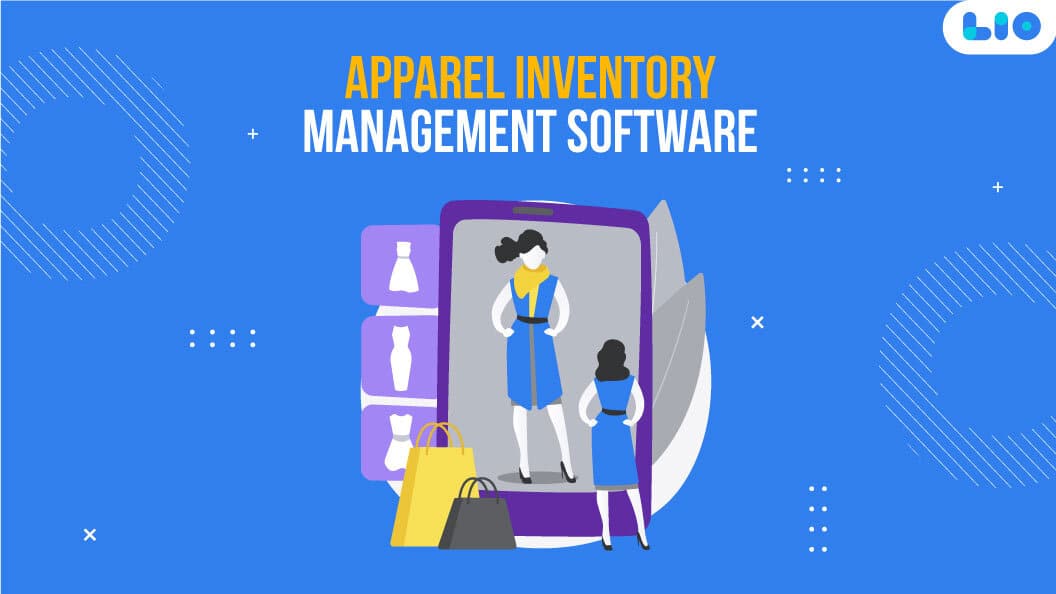


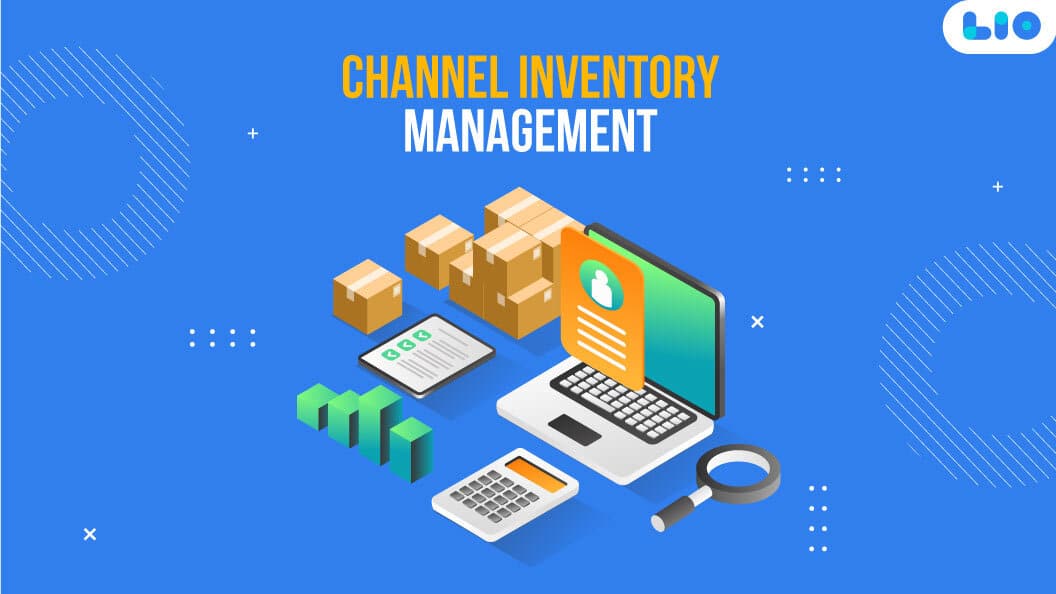



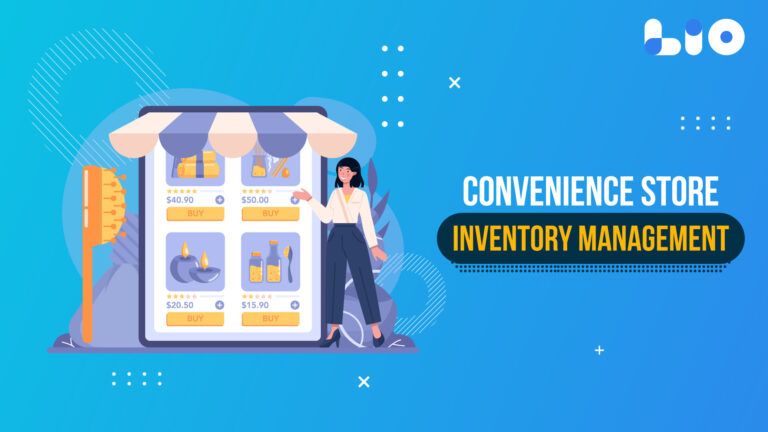

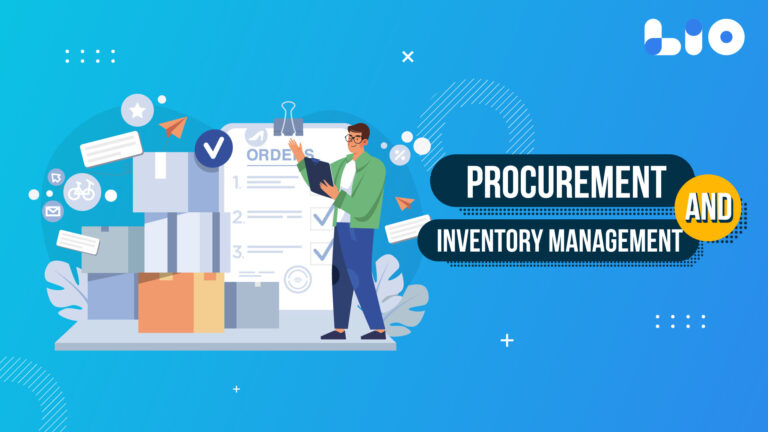
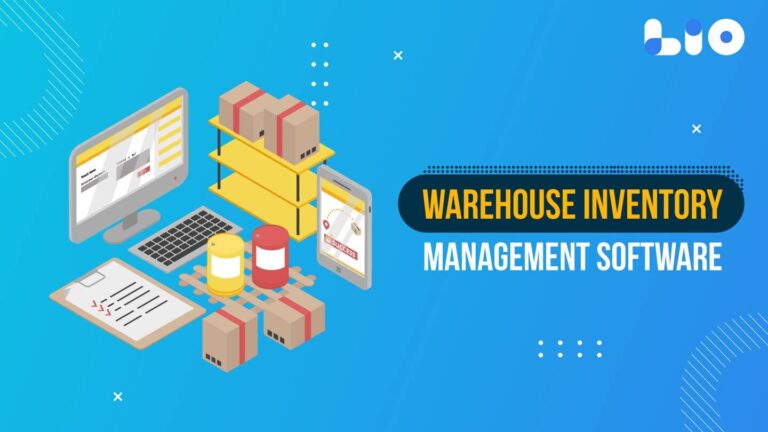


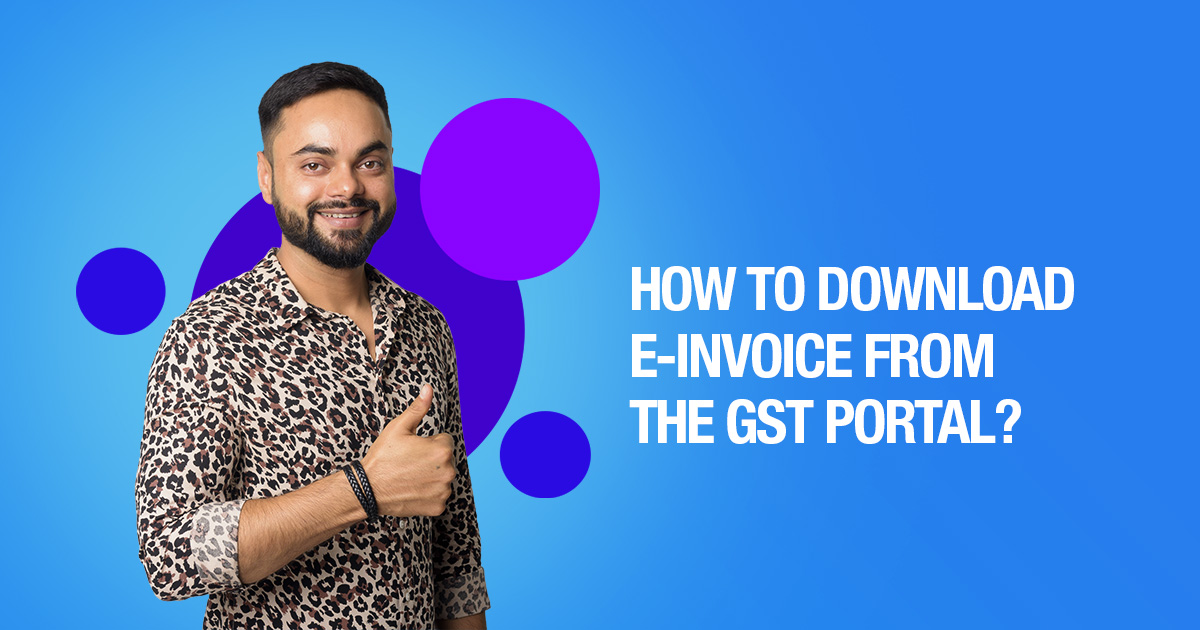

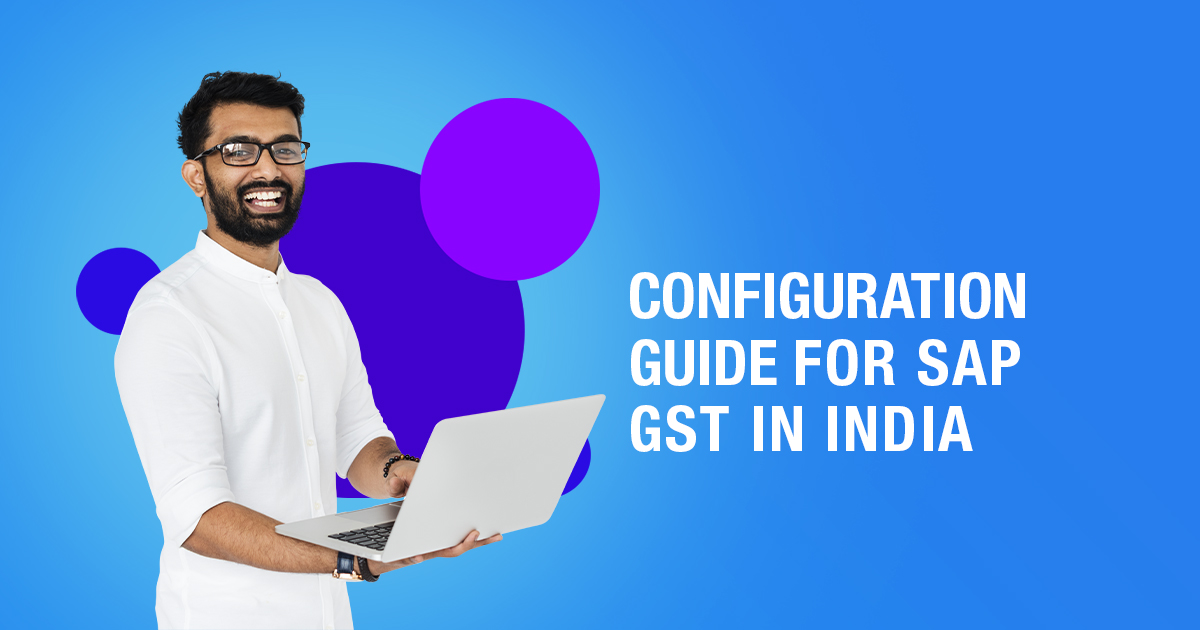
10 Comments
This article is extremely good. Everything has been described in great depth by you. Also, please let me know when an e-way bill is not required.
Hello Hareesh,
Thank you so much for your kind words.
I’m pleased this article was informative for you.
If empty cargo containers are being transported, no E-way bill is necessary. If items are being carried for weighing and the distance between the consignor’s place of business and the weighbridge is less than 20 kilometres, no E-way bill is necessary.
Can someone who is not registered for GST create e-way bills? Please be brief.
Hello Samuel,
Unregistered transporters are permitted to register on the common portal and create e-way bills for the transfer of goods on behalf of their clients. Anyone can sign up and create an electronic waybill for their personal usage for the transfer of goods.
Please let me know which specific products are exempt from the laws governing e-way bills.
Hello Brijesh,
The following items are exempt from the eway bill regulations:
Liquefied petroleum gas for delivery to customers in the exempted home and commercial sectors
Under the Public Distribution System, kerosene is sold (PDS),
Postal Department of Posts transports mail,
Pearls, whether natural or cultured, valuable or semi-precious stones, precious metals, and metals that have been plated in precious metal,
Empty freight containers are also transported, as are alcoholic beverages intended for human use, petroleum crude, high-speed diesel, gasoline, natural gas, or aviation turbine fuel.
I came across the word “consignment value” while reading this article. What is that exactly? Can you please explain in simple terms?
Hello Taishon,
Invoice value (stated in the invoice, bill of supply, or delivery challan) issued in respect of such consignment, comprising CGST, SGST, IGST, and cess charged if applicable, is referred to as the “Consignment Value” of goods.
Please explain the difference between invoice value and taxable value for me. Just a little bit perplexed. Thank you very much.
Hello Alaya,
The taxable value is the value on which tax is applied, whereas the invoice includes the value of the invoice plus the GST.